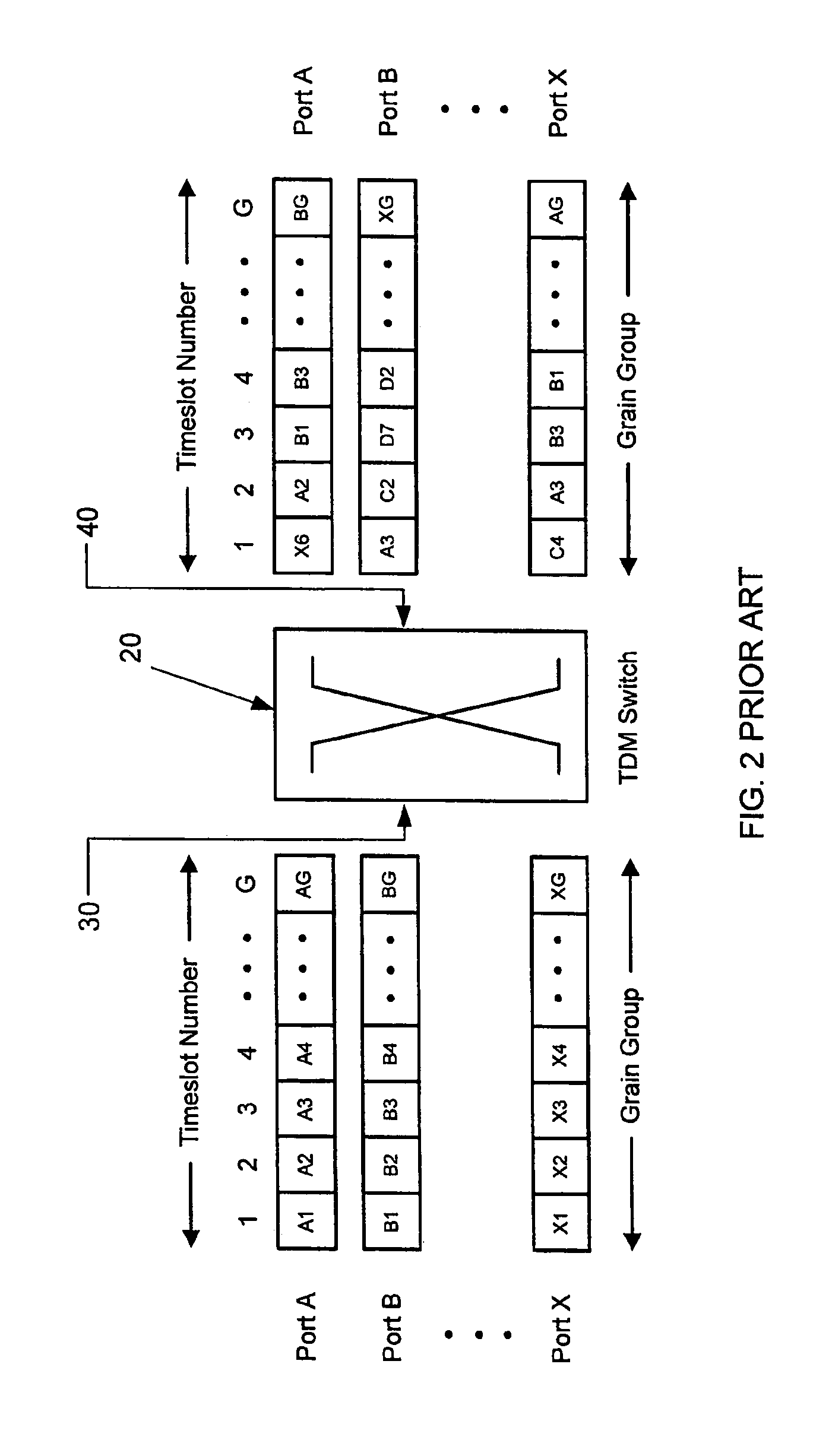Egress selection switch architecture with power management
a switch and power management technology, applied in the field of switch architecture, can solve the problems of power consumption in the design of telecommunication systems, digital noise, and the majority of power consumption of the switch fabric component, and achieve the effect of improving the power efficiency of the memory switch
- Summary
- Abstract
- Description
- Claims
- Application Information
AI Technical Summary
Benefits of technology
Problems solved by technology
Method used
Image
Examples
Embodiment Construction
[0049]The invention will be described for the purposes of illustration only in connection with certain embodiments; however, it is to be understood that other objects and advantages of the present invention will be made apparent by the following description of the drawings according to the present invention. While a preferred embodiment is disclosed, this is not intended to be limiting. Rather, the general principles set forth herein are considered to be merely illustrative of the scope of the present invention and it is to be further understood that numerous changes may be made without straying from the scope of the present invention.
[0050]FIG. 1 shows a series of aligned Time Division Multiplex (TDM) channels 10A, 10B, 10C, suitable for switching purposes as is well known in the art. In a TDM data channel, a data stream is multiplexed according to location in time. The location refers to the given port, Port A, Port B, Port N, in receipt of the data signal. Each TDM data channel 1...
PUM
 Login to View More
Login to View More Abstract
Description
Claims
Application Information
 Login to View More
Login to View More - R&D
- Intellectual Property
- Life Sciences
- Materials
- Tech Scout
- Unparalleled Data Quality
- Higher Quality Content
- 60% Fewer Hallucinations
Browse by: Latest US Patents, China's latest patents, Technical Efficacy Thesaurus, Application Domain, Technology Topic, Popular Technical Reports.
© 2025 PatSnap. All rights reserved.Legal|Privacy policy|Modern Slavery Act Transparency Statement|Sitemap|About US| Contact US: help@patsnap.com



